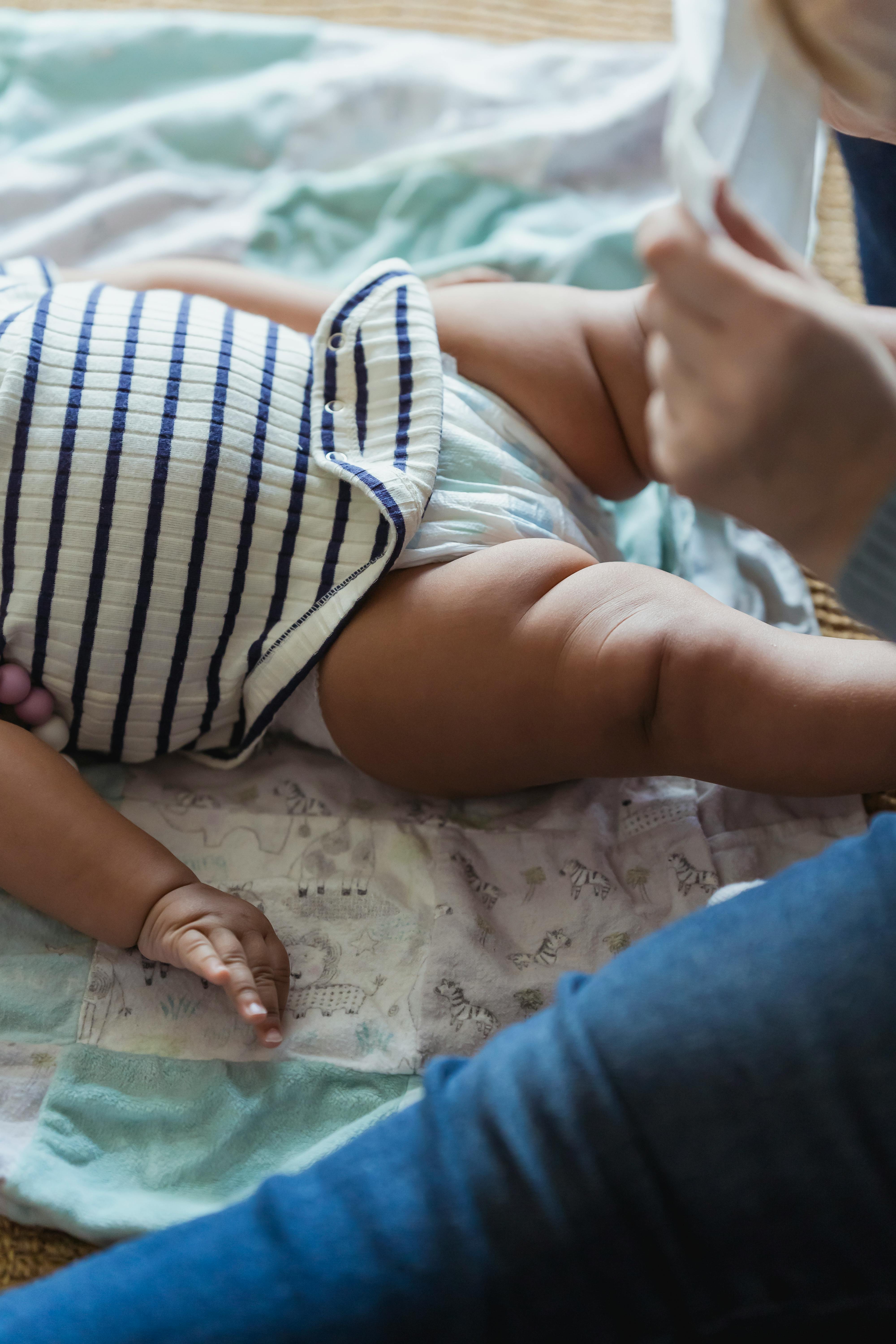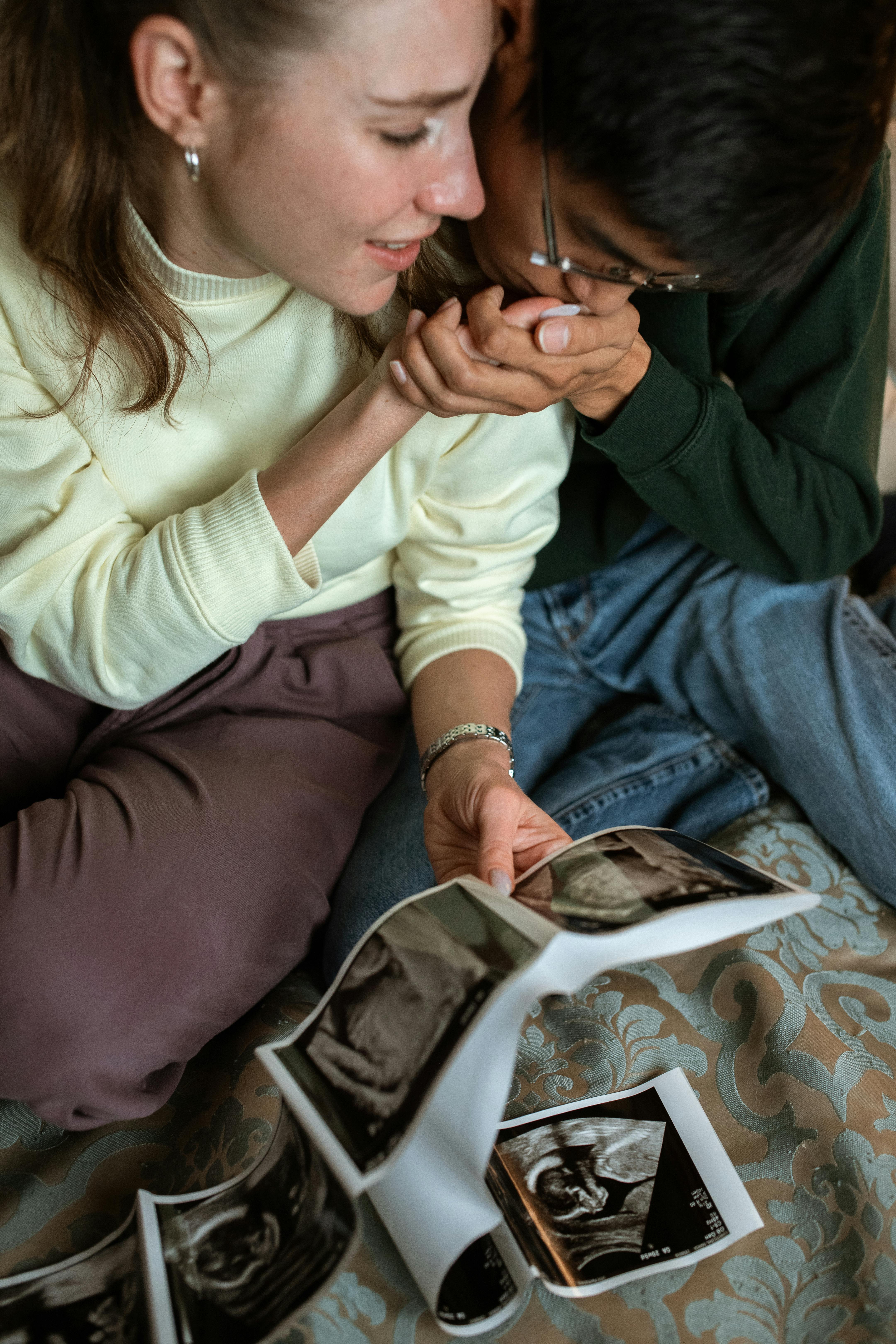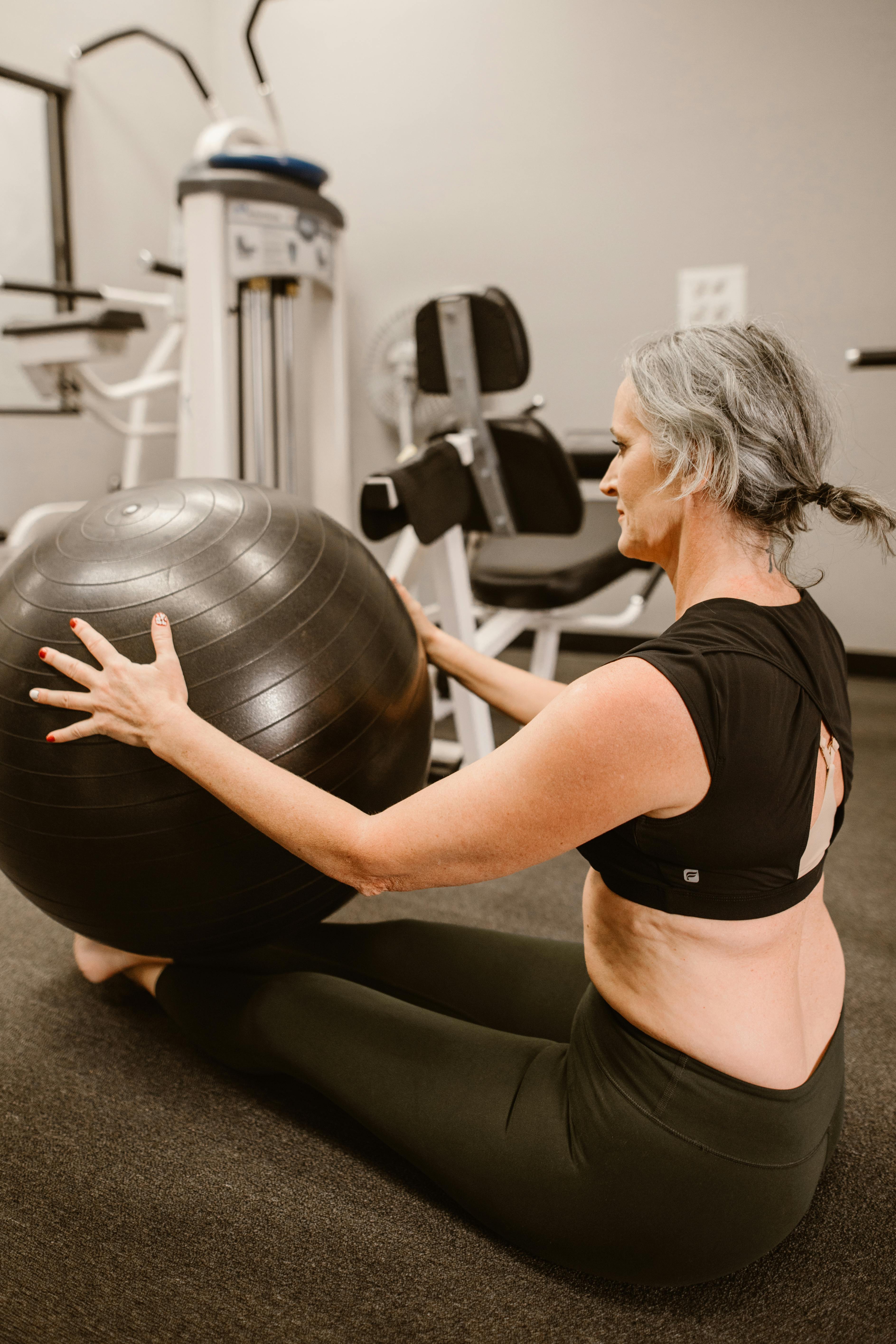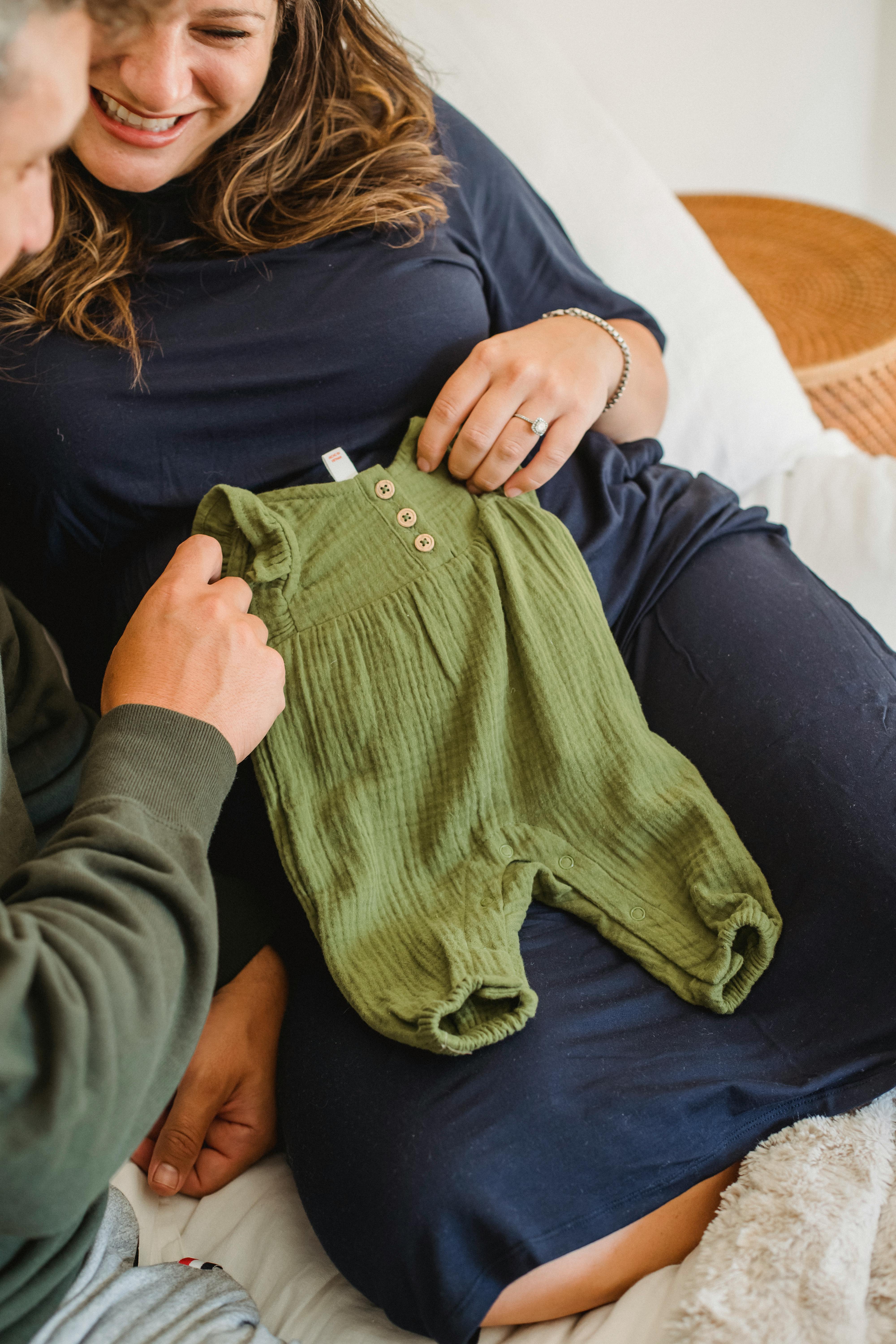Essential Hygiene Practices for Pregnancy and Post-Birth Care: A Comprehensive Guide

Pregnancy and childbirth are significant milestones in a woman's life that come with their unique set of hygiene requirements. Appropriate attention to personal cleanliness during these phases not only guarantees the mother's wellbeing but is crucial for the baby's health too. This comprehensive guide outlines essential hygiene practices for pregnancy and post-birth care, providing practical advice for each stage.
Hygiene During Pregnancy
The body undergoes significant changes during pregnancy, which can affect hygiene needs. As hormonal levels fluctuate, many women find an increase in vaginal discharge, which is entirely normal and helps prevent infections. However, maintaining good hygiene becomes paramount during this time. Wearing breathable cotton underwear, regularly changing sanitary products, and gentle washing with water can keep the area clean and fresh.
Another hygiene-related change that pregnant women often experience is sensitive and swollen gums. Regular brushing, flossing, and dental checks are crucial to counteract pregnancy-induced gum issues and maintain oral health.
Finally, general cleanliness should not be compromised. Regular showers using mild soaps, along with proper hand hygiene, can help safeguard against unnecessary infection risks.
The Role of Hygiene in Labour and Birth
During labour and birth, cleanliness becomes even more critical. It is advisable to bathe or shower daily if possible, as this can help keep the vaginal area free of infection. Always remember to pat dry carefully after baths and showers.
The choice of clothing during labour holds significance too. Opting for loose, comfortable clothing that can be easily removed, made of natural materials like cotton, is recommended to help maintain good hygiene.
While moving through the stages of labour, it is essential to keep the perineum clean. Regular bathroom visits are encouraged, along with careful wiping habits.
Hygiene and Post-Birth Care
After childbirth, personal hygiene remains central to the recovery process. The focus often shifts to caring for the newborn, but it's crucial that mothers also pay attention to their own needs, particularly hygiene-related.
Post-birth, women experience lochia, a type of bleeding that can last for a few weeks. This should be managed by using maternity pads, which should be changed regularly – at least every 4–6 hours. To maintain cleanliness during this period, always wash hands before and after changing pads.
Regular showers are also advised to keep fresh and clean. However, baths should be avoided until after the bleeding has stopped to avoid possible infections.
For many women, sore and cracked nipples can be a common issue during breastfeeding. Maintaining nipple hygiene is crucial to prevent potential infections. After each feed, the advice is to gently wash the nipples with warm water.
Postpartum Perineal Care
Perineal care is a crucial aspect of post-birth recovery. Many women experience perineal soreness and discomfort after delivery, which can be alleviated with proper hygiene practices. This includes cleaning the area gently with water after using the toilet and patting it dry.
For those who experienced a tear during childbirth or had an episiotomy, it's particularly critical to keep the area clean to prevent infections. Specially designed perineal sprays can also be beneficial in cleansing the area and supporting the healing process.
Wrap up
With the ample adjustments and transformative changes in the female body during pregnancy and post-birth, staying hygienic is fundamental in ensuring a healthy journey. It assists in reducing risks of infections, promotes an efficient recovery, and contributes positively to the overall experience. Imbibing these hygiene practices into the routine will equip expecting and new mothers to navigate these life-changing phases with added confidence and peace of mind.





